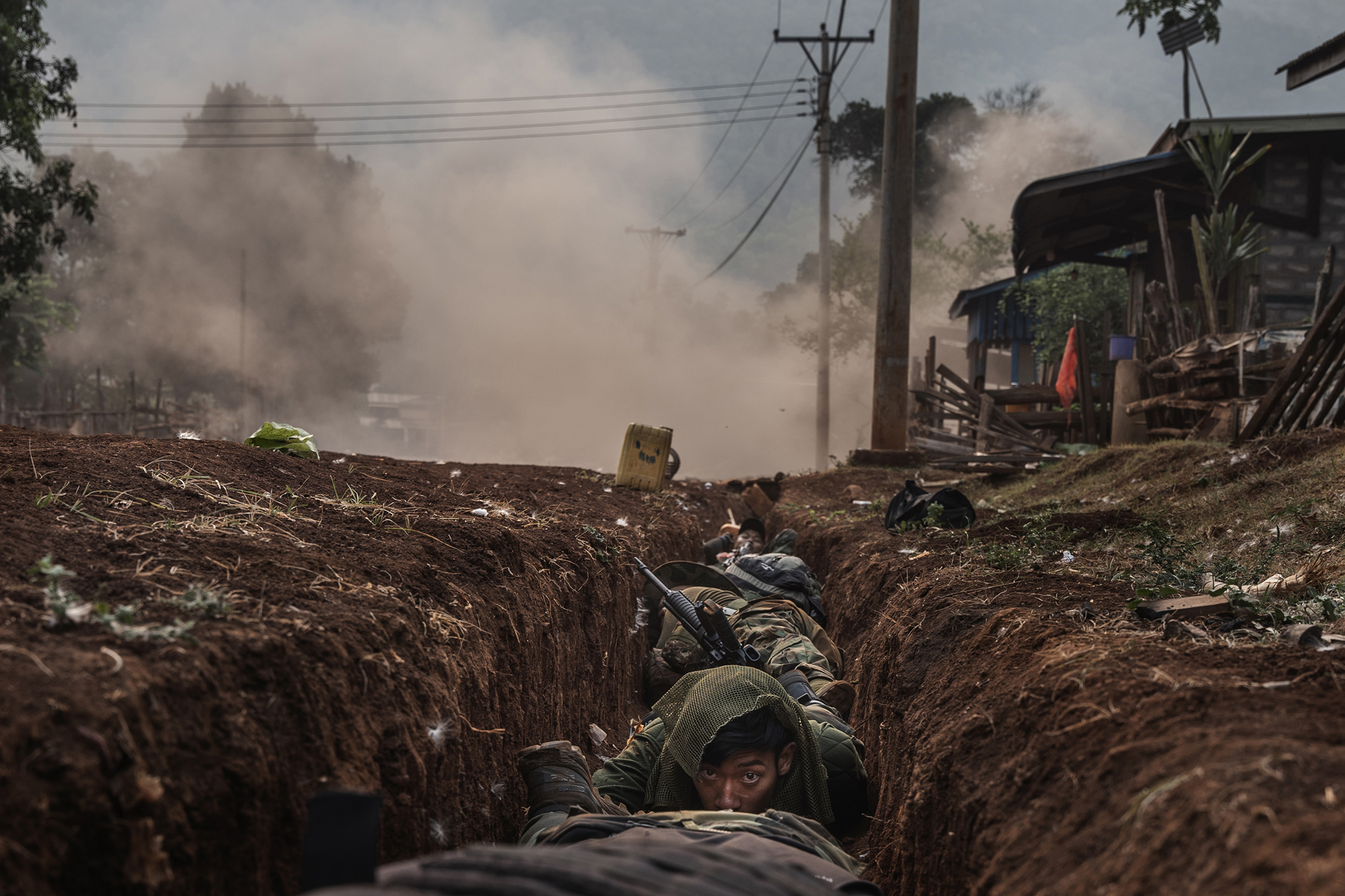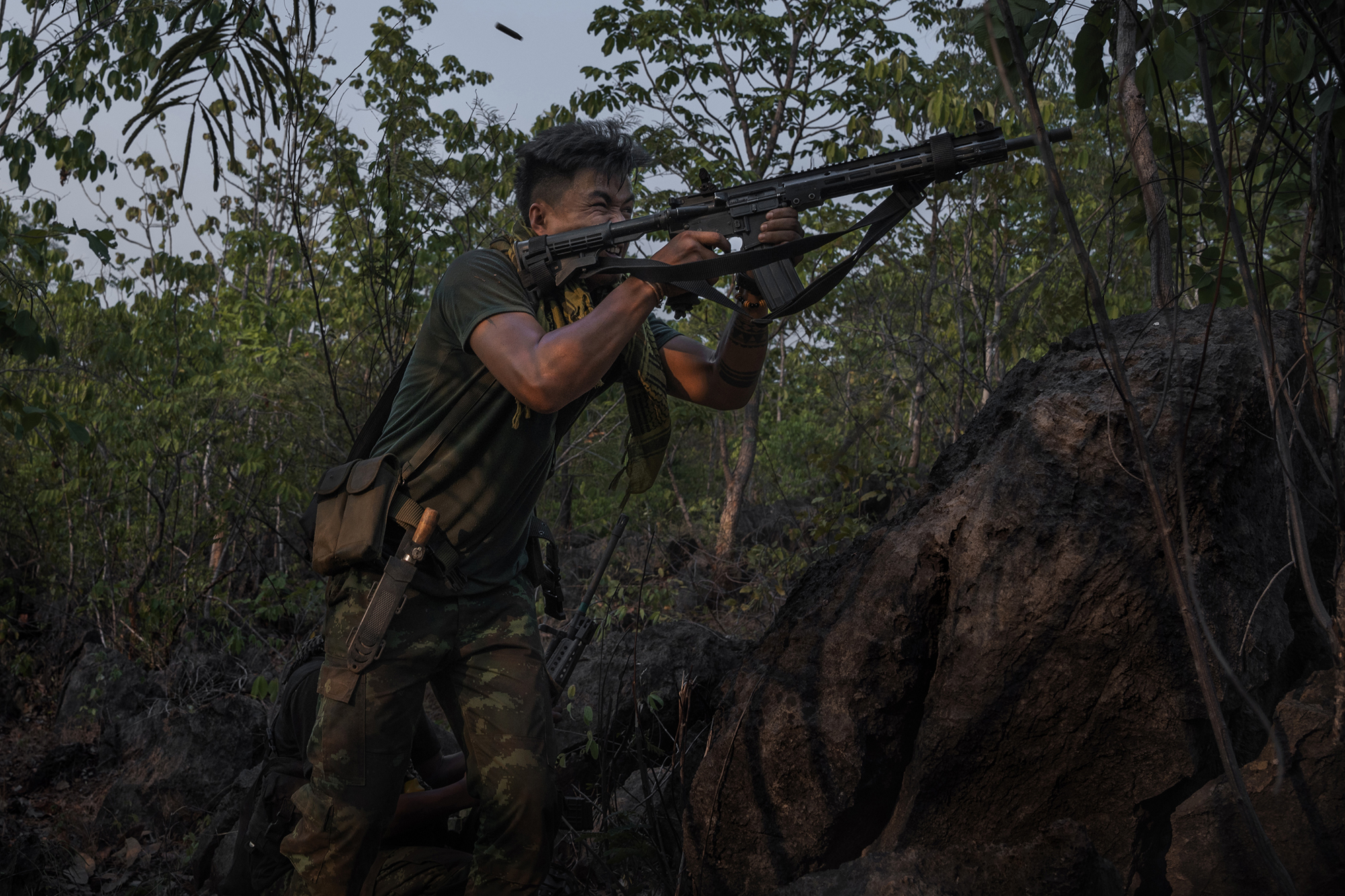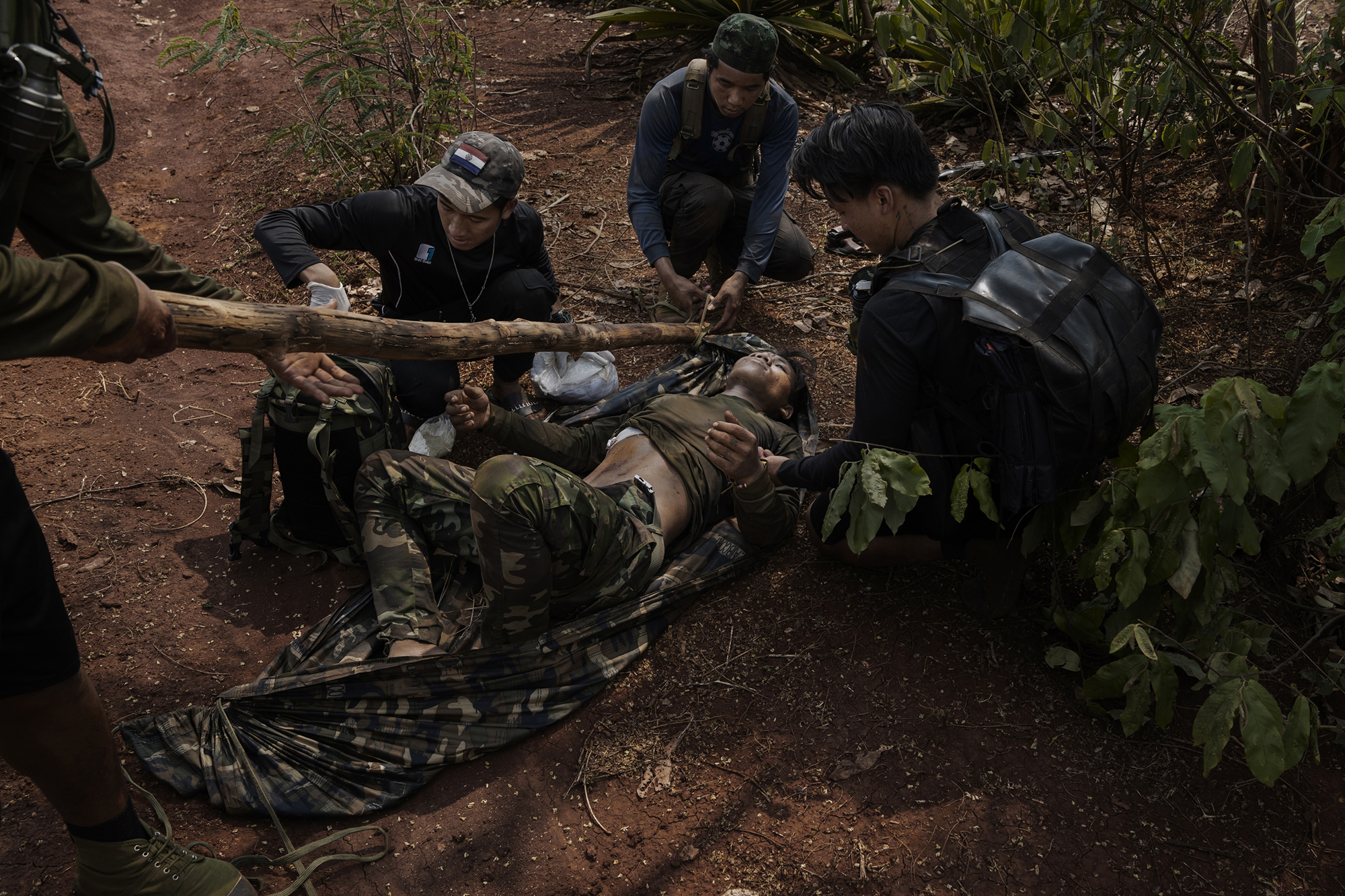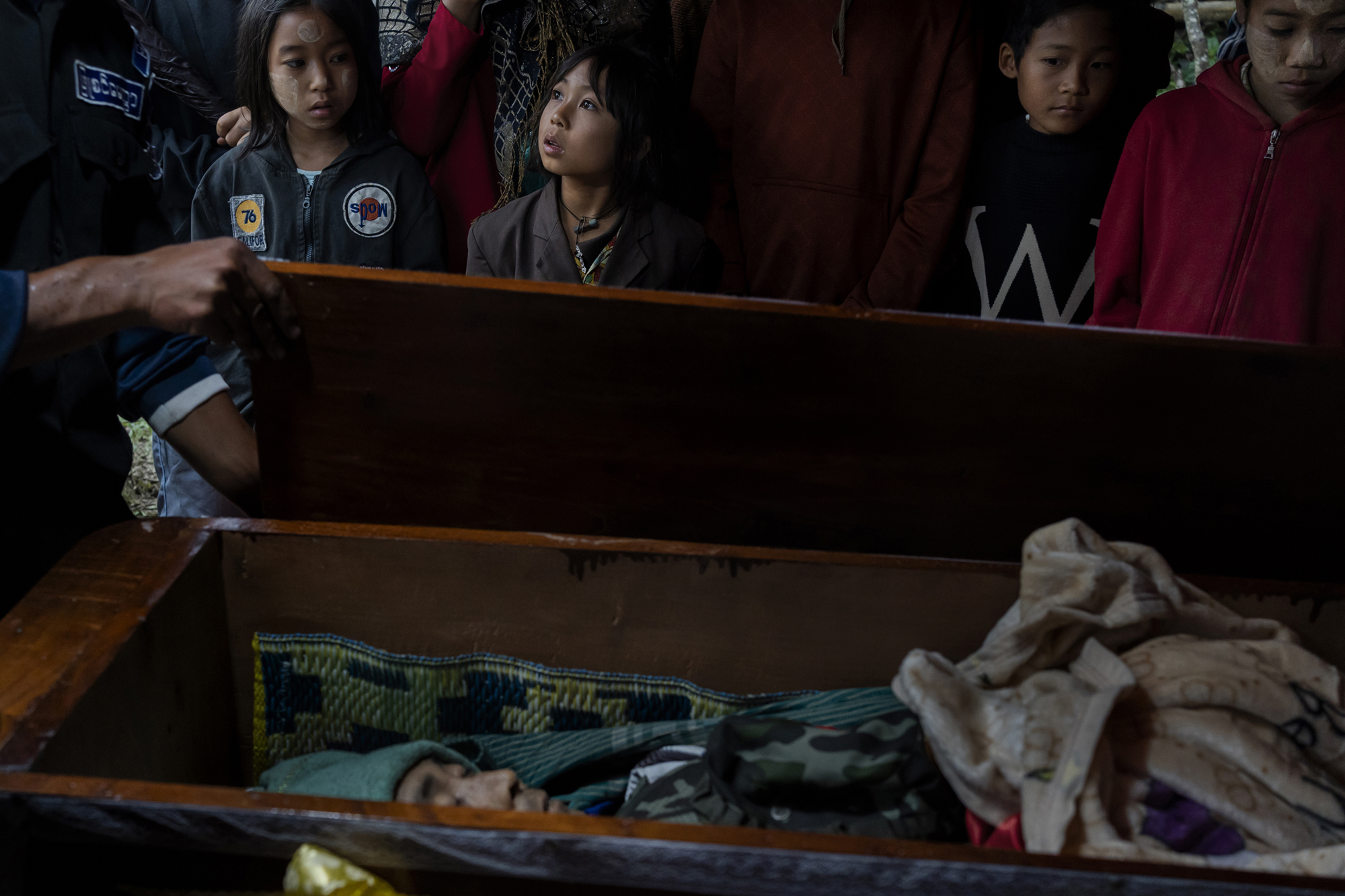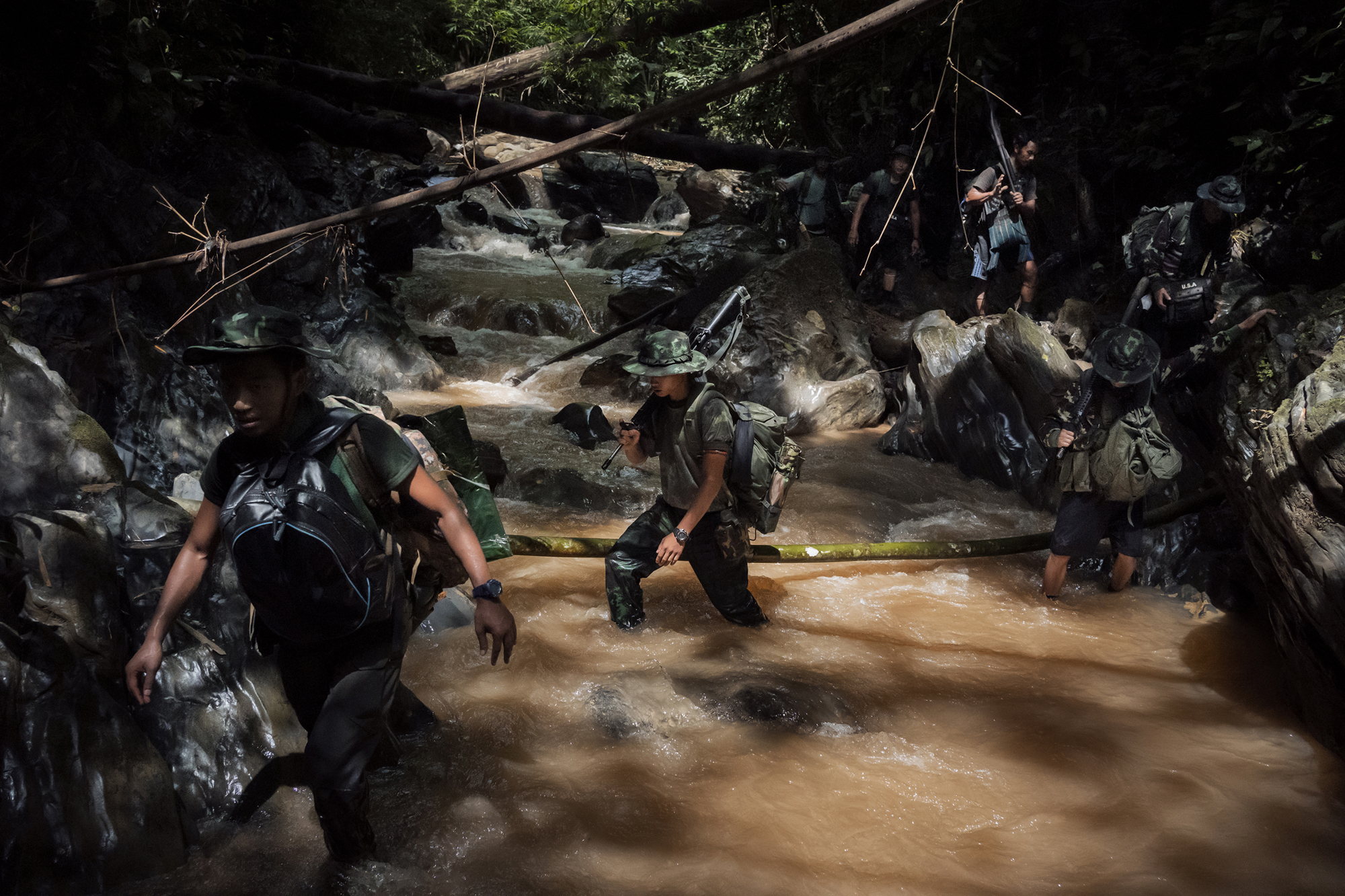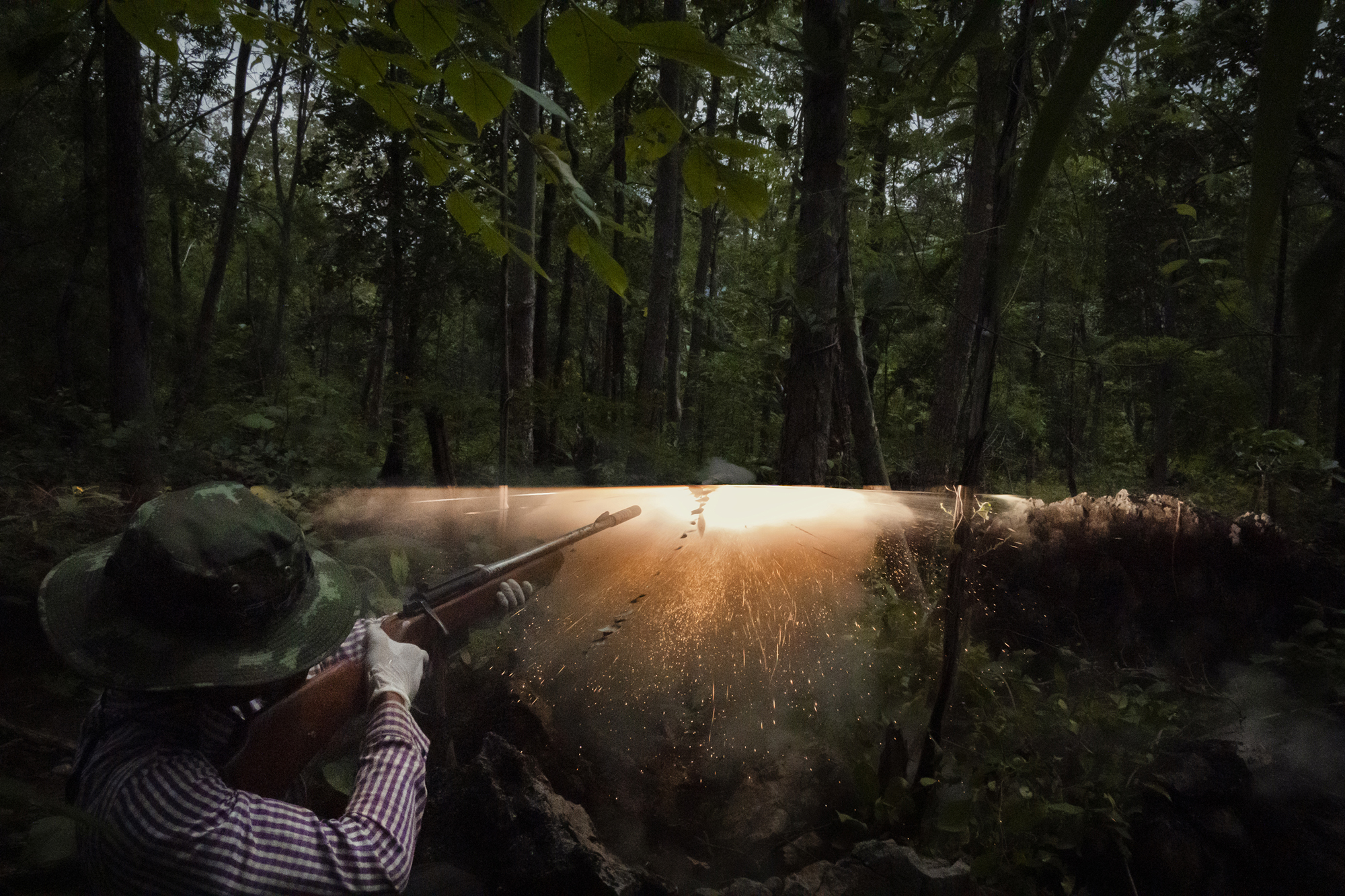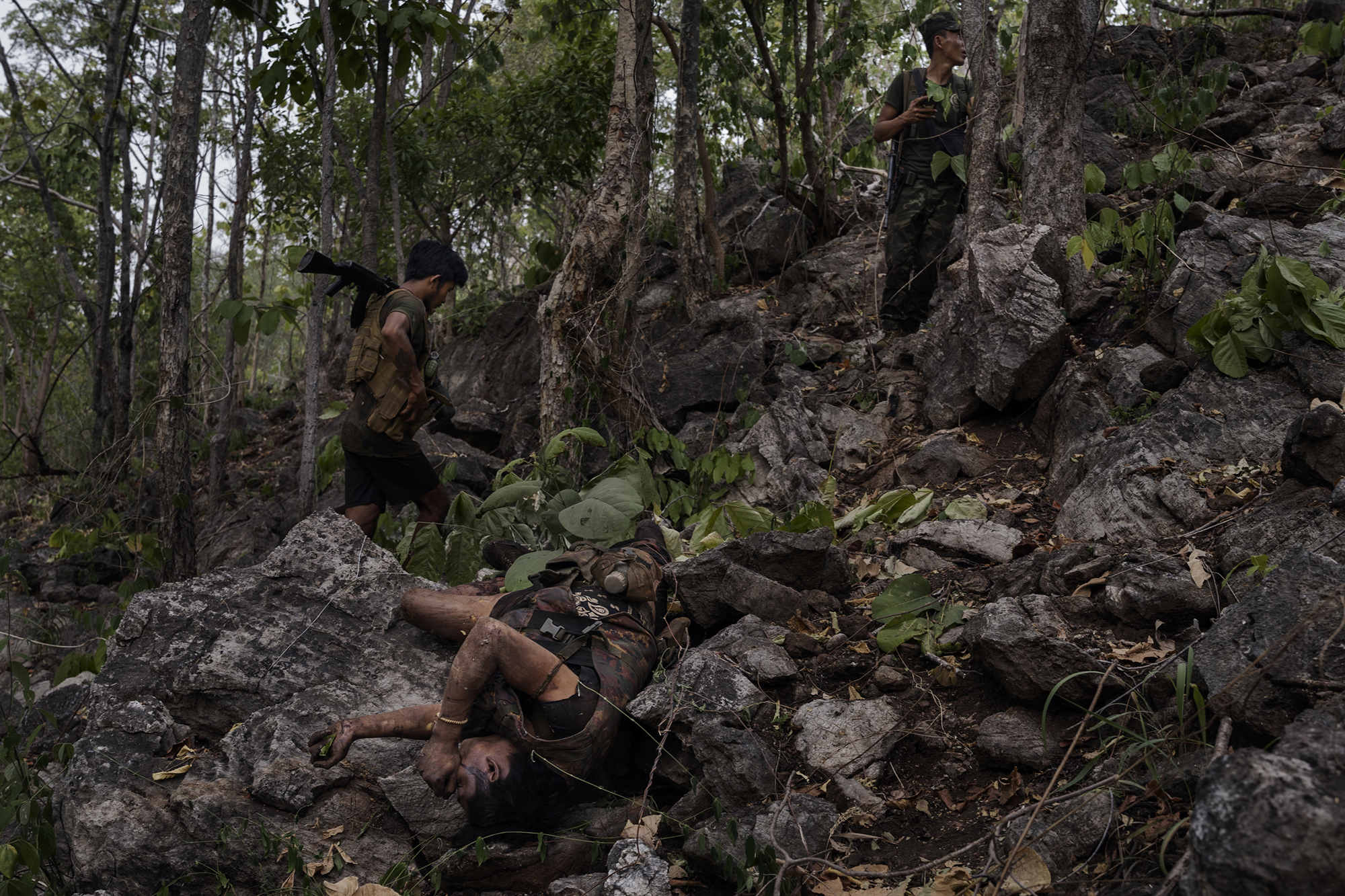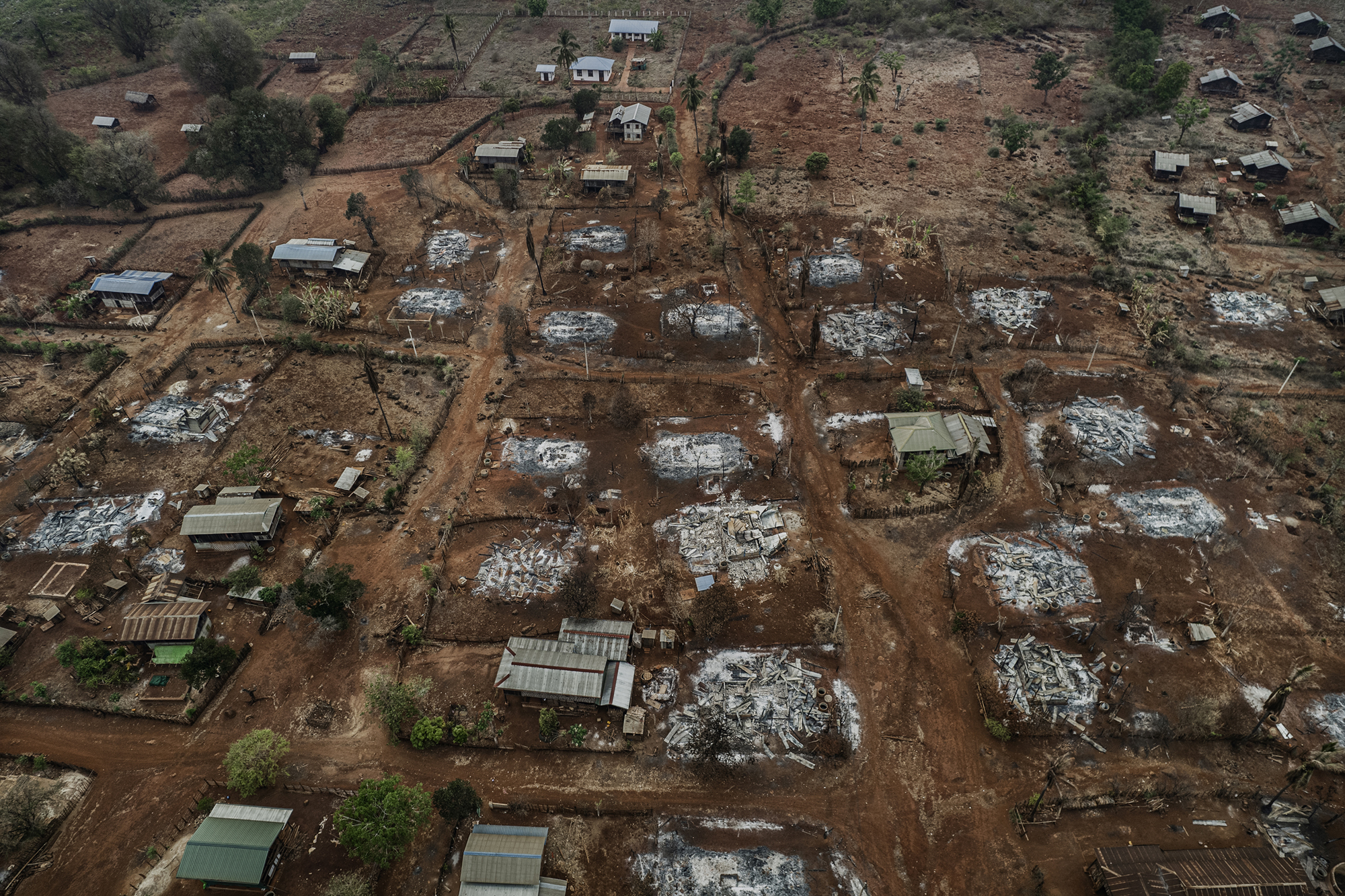Presentation
Journalists have been banned from reporting on the conflict in Myanmar since the country descended into civil war when its armed forces removed the democratically elected government in February 2021. The country’s junta has responded brutally and indiscriminately against the civilian population. According to the United Nations, thousands of people have been killed, some 1.4 million people have been displaced, and one-third of the country’s population needs humanitarian aid. The past few months have been the deadliest since the start of the conflict, with the Tatmadaw, as the military calls itself, stepping up aerial attacks across the country. In April, an airstrike killed 168 men, women, and children in the central Sagaing region. Last year, the military struck a school with attack helicopters, killing at least 11 children. In the same month, fighter jets targeted an outdoor concert in the northern Kachin state, killing as many as 80 and wounding hundreds. Since April this year, over 10,000 civilians have fled to Thailand to escape insecurity. Regime forces have been conducting punishment attacks, sending units of well-armed soldiers, each consisting of about one hundred strong, burning villages, attacking resistance bases, and killing civilians—a deliberate campaign of atrocities aimed at bringing the cost of the resistance to the civilian population. However, Karenni soldiers have remained motivated, fighting to defend their families and homes. “We cannot lose this fight now. If we lose, we will be slaves forever,” explains a Karenni commander when asked how he sees the conflict unfolding. “We have to keep on fighting so that the next generation can be free,” he declares during a lull in mortar shelling close to the battlefront.
Biography
Siegfried Modola is a Kenya-raised independent Italian/British photojournalist and documentary photographer focusing on social, humanitarian, and geopolitical events. He lives in Paris with a base in Nairobi. After finishing a BA degree in Journalism and Media Communication in Dublin in 2004, he earned a Master’s in Photojournalism at the London College of Communication in 2008. Modola’s career as a photojournalist took off when he started working for the Reuters news agency in Nairobi in 2010. Since then, he has reported in over a dozen countries in Africa and has traversed the globe, venturing into diverse and often challenging environments to shed light on untold stories. He is fluent in English, Italian, and Kiswahili and gets by in French. He has worked in Europe, the Middle East, Asia, and South America: From the post-coup d'etat conflict in Myanmar to the civil war in South Sudan and the conflict in Somalia to the chronic insecurity gripping the Central African Republic and Nigeria to the humanitarian crisis in the Democratic Republic of the Congo. He has covered the Venezuelan refugee crisis on its borders, the depopulation of the Italian countryside, immigration issues in Italy/France, the 2014 Israel-Gaza war, the Syrian refugee crisis in northern Iraq in 2016 and the exodus of Rohingya refugees in Bangladesh in 2017, 2018 and 2019. His photographs have appeared in some of the most prominent publications worldwide, raising awareness among viewers.
